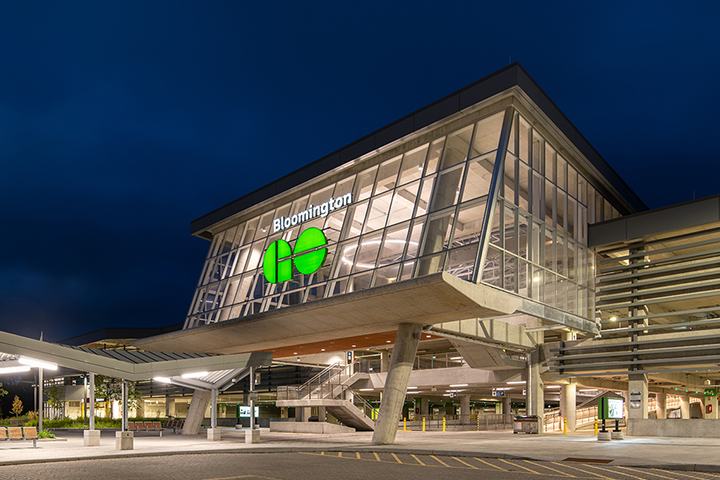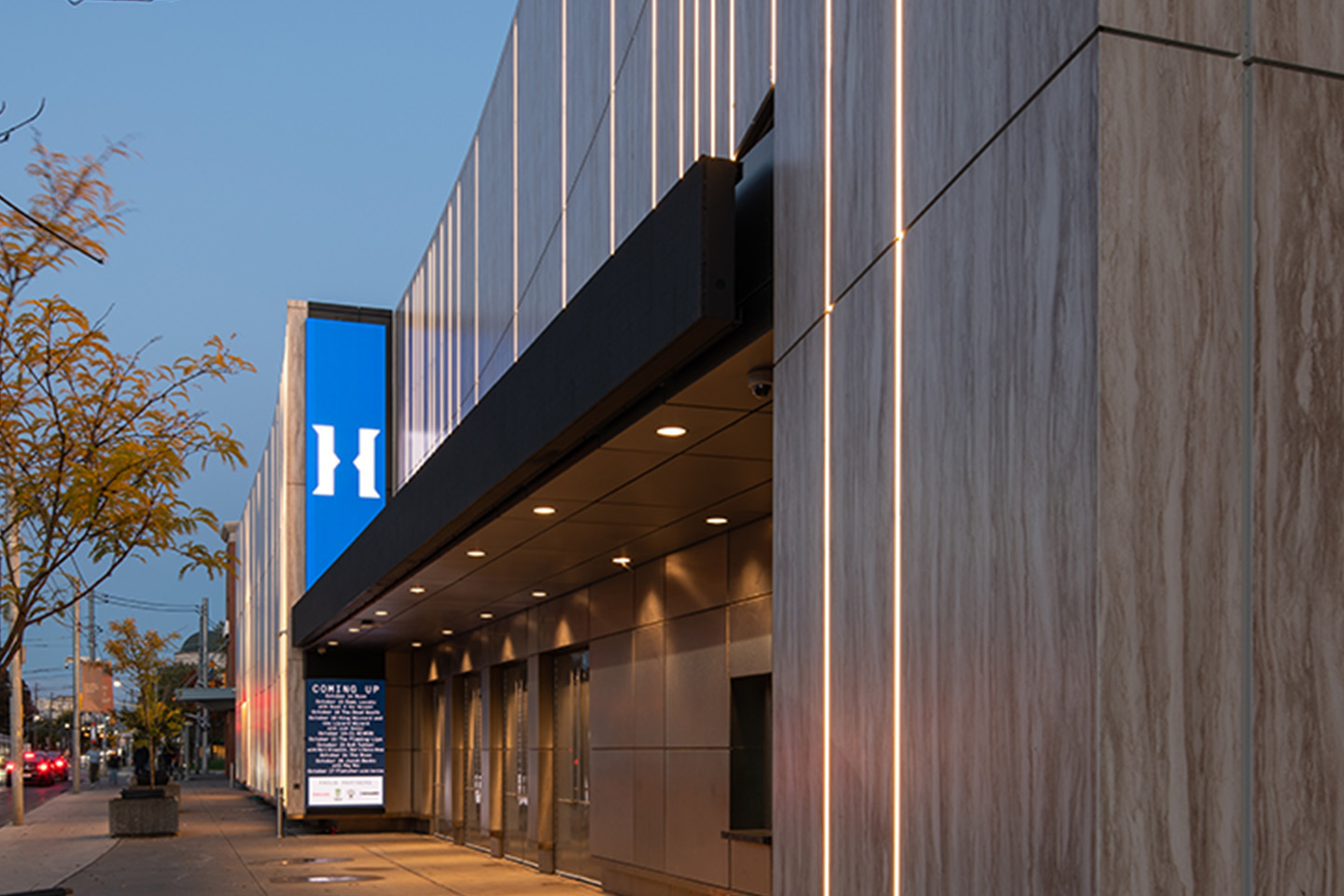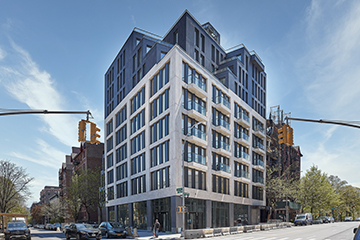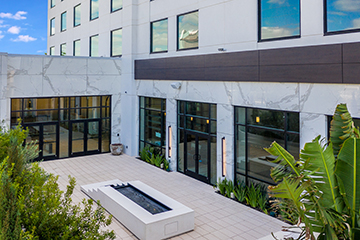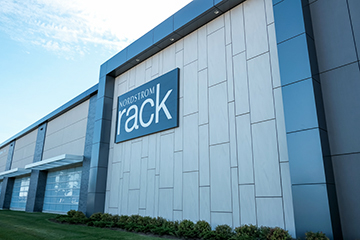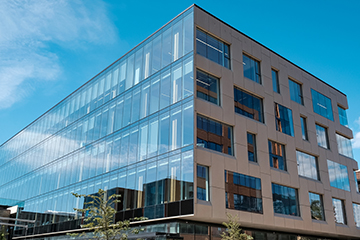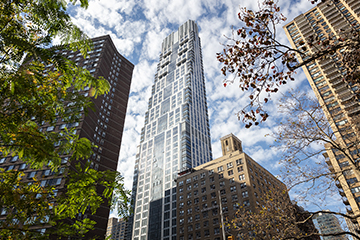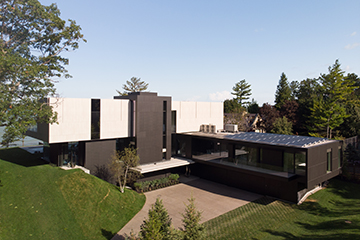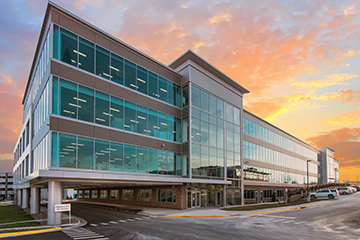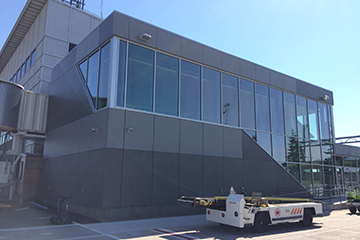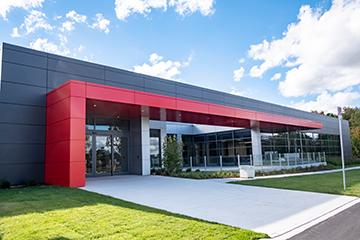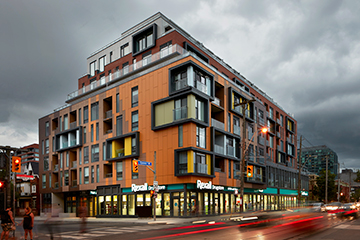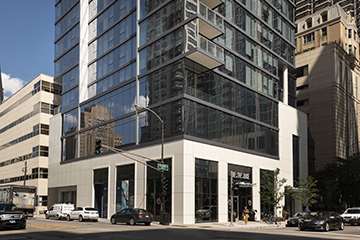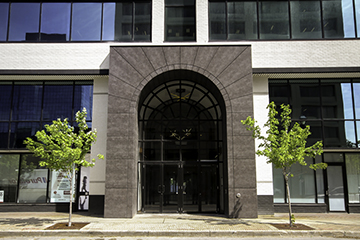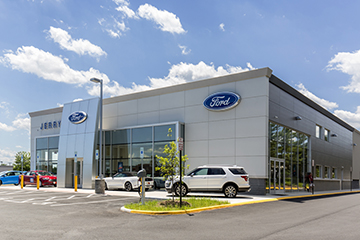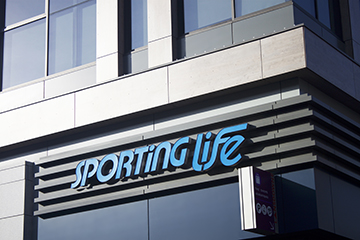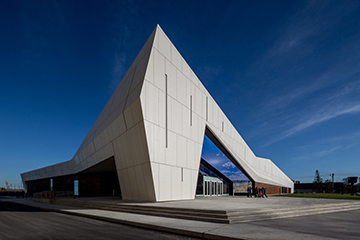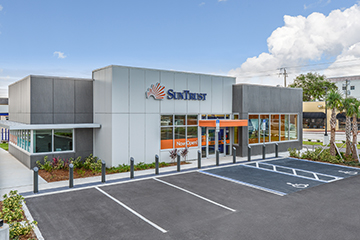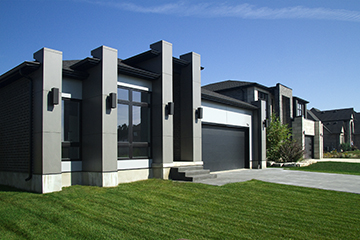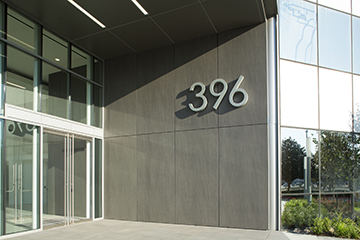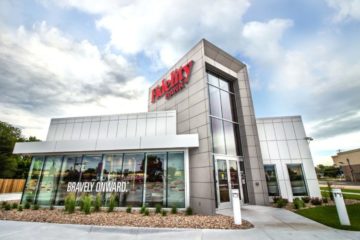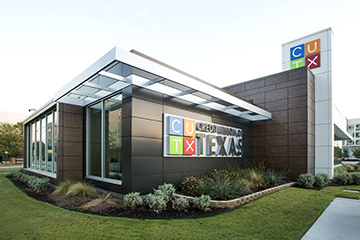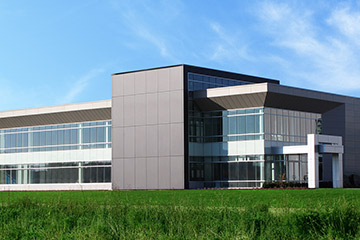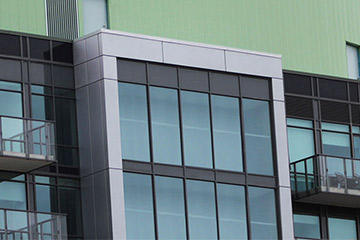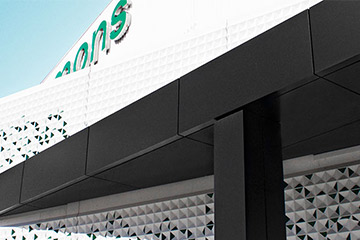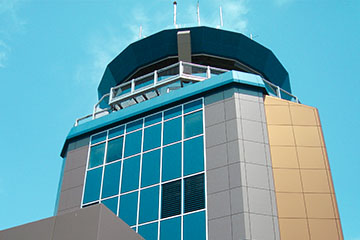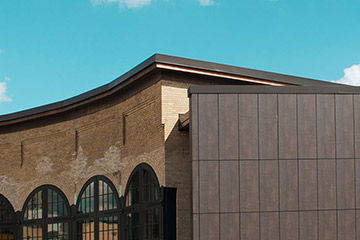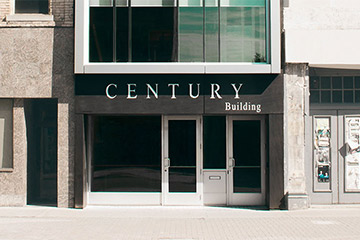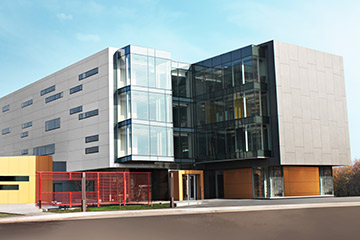Welcome back to part two of our series focusing on common mistakes made in the facade industry. Today we are going to begin with
Mistake #4: Expansion and contraction issues. All facade materials will expand and contract, and some design failures happen when the fluctuations in facades and their substructures are ignored. Because of extreme temperatures and humidity, facades can crack, spall, warp or have an oil canning effect. Not only are cracks in the facade unattractive, they are exposed paths for moisture penetration into the building enclosure. The Ceramitex system by Elemex, at maximum length of 12’0”, has a movement capacity within the structural silicone to accommodate the difference in coefficient of thermal expansion between the aluminum frame and the sintered ceramic veneer from -30°C to +70°C. Accurate design should accommodate the materials tendency for expansion and contraction and allow for movement of adjoining facade materials.
Mistake #5: Incorrect ventilation. Using direct bond or other non-ventilated applications can result in moisture retention and water damage. Elemex facade systems are designed with a pressure equalized rear ventilated rainscreen in mind. Pressure-equalization reduces the pressure difference across the cladding using compartmentalization and back venting. Ingress of incidental water is reduced, and residual moisture is returned to the exterior at the drainage plane. The infill strips will protect against exposure to insulation and interior components from moisture and harmful UV rays.
Contact us today to see how our team of experts can assist in avoiding these common mistakes and let us be a part of your next project from concept to completion!

